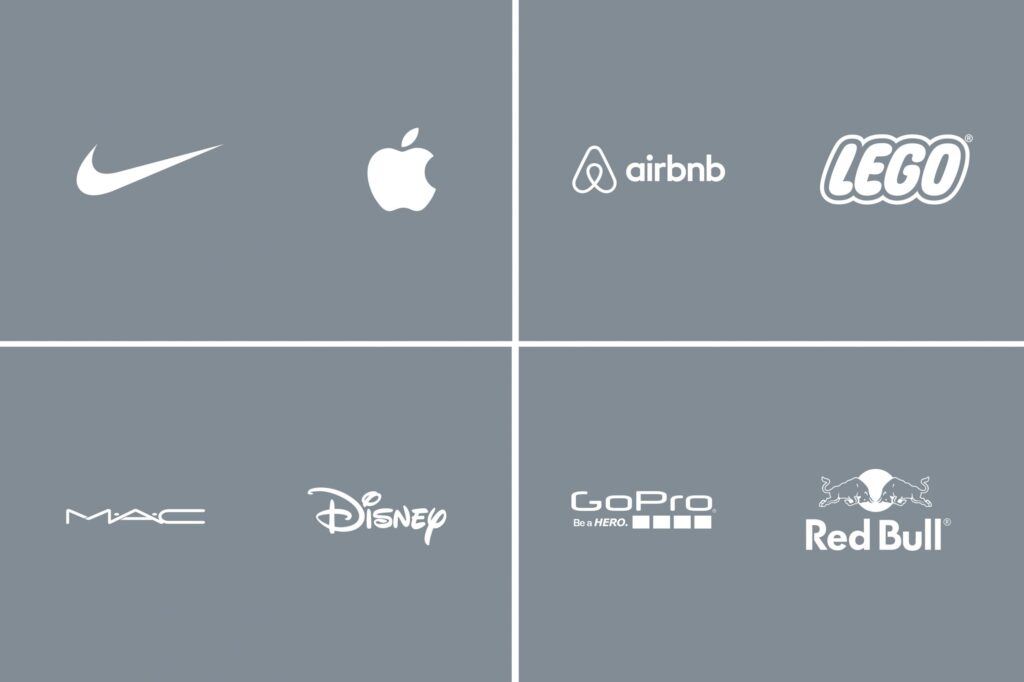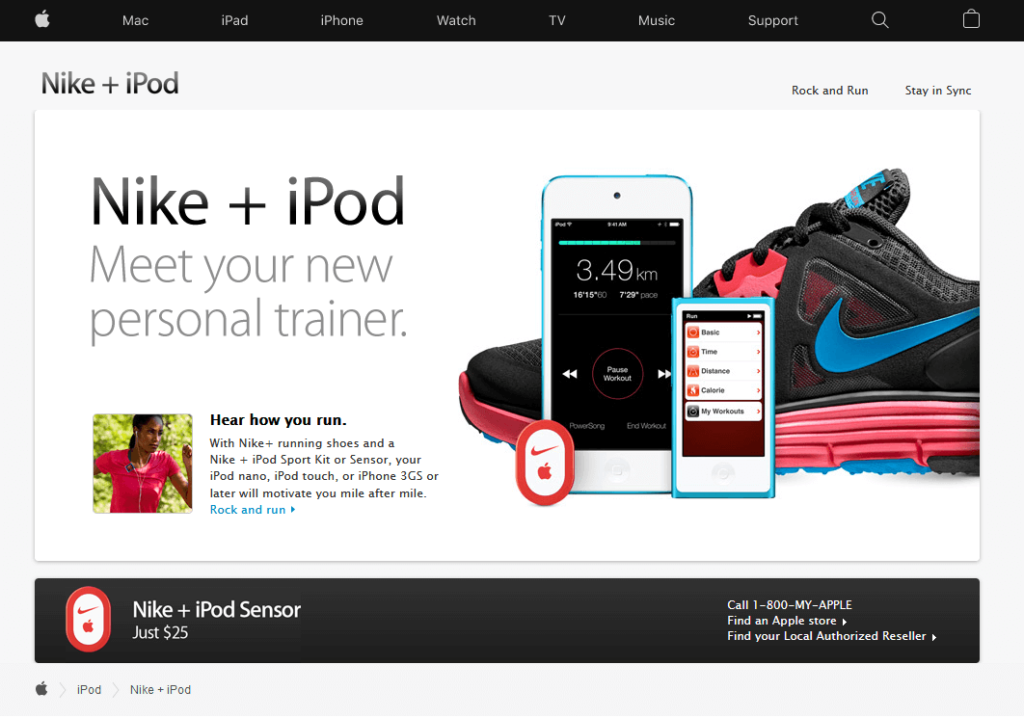
09 Feb Co-Branding: Benefits, Strategies and Examples
Co-Branding: Benefits, Strategies and Examples
There are many opportunities for businesses looking to expand their reach beyond local borders in today’s marketplace, but sometimes these efforts can also present challenges.
One such challenge comes from competing against other similar businesses already operating within different geographic markets. For example, as a new restaurant opens in a town, it might be difficult for the new restaurant to attract customers from nearby restaurants that are also located in the same town.
Another type of challenge is merchants who wish to target particular groups of consumers with promotional campaigns or special offers and coupons. For instance, a merchant may wish to communicate an offer for a discount on purchases at the merchant’s store only during a specific time, such as morning hours.
As another example, a retailer may be interested in communicating messages about promotions and discount programs only to residents of a specific geographic region because it costs less money to produce and distribute communications addressed only to people within that region than to people outside it.
If you have been thinking about expanding into new territory but don’t want to spend money on advertising, product launches, or sales promotions, then look no further than working with another company that has successfully done so before!
This concept is called “co-branding” (also referred to as “co-marketing”). It involves two organisations joining forces and creating a strategic alliance to work towards mutual success.
By doing this, each partner gains some benefit while still maintaining control over their respective areas of expertise and resources. The idea is that by bringing these two different roles together, the team will use its collective knowledge and experience to reach a goal more efficiently than they could individually.
The benefits are obvious; when one person knows how to build an app while another can do the financial stuff, you get a whole lot of apps for your buck — not to mention saving time.
So what exactly does co-branding mean in business terms, and how do you go about starting a successful campaign? Read on to find out…
What Is Co-Branding / Marketing?

Co-branding simply means bringing brands together under one roof. It focuses on leveraging assets from multiple sources to provide added value and help maximise profits without sacrificing any intellectual property rights.
Essentially, when partners decide to team up and collaborate on promoting their shared product/service, they are practising co-branding.
As long as all parties understand what needs to happen next and agree to abide by those rules, the partnership should run smoothly. However, if things start going wrong down the road, then it might not be possible to continue the relationship in good standing.
When deciding whether or not to pursue a collaborative approach to business expansion, entrepreneurs must consider several factors, including:
- the potential return on investment
- whether or not it makes sense financially
- if it would allow you to enter new territories at a lower cost
- how much time and effort would need to be invested
- the likelihood of establishing future revenue streams
If you believe that partnering with someone else would help you achieve your goals faster or cheaper, then why wouldn’t you take advantage of this opportunity? After all, there are plenty of examples where partnerships between competitors have proven fruitful for business growth.
One example would be Walgreens’ recent decision to join forces with CVS Pharmacy after years of negotiations between the two companies finally led to this merger.
Through this marriage of pharmaceutical giants, Walgreens acquired hundreds of thousands of generic prescription medications at considerable savings.
Another great example would be 3M’s longstanding collaboration with Gillette. Since 1991, 3M has provided Gillette with special coatings explicitly designed to make shaving more straightforward and less painful – resulting in better cuts, fewer ingrown hairs, and minimal irritation.
Today, nearly 90% of men shave using Micro Combustion technology produced exclusively by 3M.
So now that we know what co-branding is, let’s explore the specifics behind launching a successful campaign.
How can you get started on the path toward achieving your business objectives via co-branding?
What tips and tricks can you use to ensure that everything runs smoothly during the process?
Please keep reading to learn how to make it work for you.
How Do You Start A Co-Branding Campaign For Your Business?

Before you even think about putting anything on paper, you’ll first need to determine precisely what kind of results you’d like to see from this venture.
- What are your goals?
- What are your hopes and dreams for your brand?
- How should your business change over the next few years?
Once you’ve got that figured out, here are five steps that every entrepreneur should follow when planning a co-branding initiative:
Step 1: Identify The Right Partners
You’re probably wondering what type of people should you choose to form a strategic alliance with. Ideally, they should possess complementary strengths and weaknesses.
They should also offer something unique that sets them apart from everyone competing in your industry. Finally, they must have a solid reputation and track record of success.
When selecting a partner, research thoroughly and keep detailed notes regarding any agreements made. These records will prove invaluable later when explaining progress made or setbacks experienced.
Step 2: Determine Goals & Objectives
Once you’ve selected your partners, discuss the specific goals you hope to accomplish through your joint project.
Try to come up with concrete milestones that will give both sides tangible evidence of progress. Also, try to set short term benchmarks for measuring performance along the way.
Having clear expectations and deadlines helps avoid confusion and miscommunication.
Step 3: Set Up Meetings Regularly
After setting aside ample time to meet regularly:
- Schedule regular sessions to review current projects and brainstorm ideas.
- Think of meetings as a chance to build relationships and create synergy, not just focus on the tasks at hand.
- Take advantage of every session to identify ways to improve communication, increase efficiency, and streamline operations.
- Remember, problems will surely arise if both parties aren’t communicating effectively.
Step 4: Document Everything
It doesn’t matter if you plan to produce a written agreement or draw up a formal contract; documenting procedures, responsibilities, timelines, budgets, etc., is crucial for ensuring nothing falls through the cracks once the actual implementation begins.
Keeping accurate records provides proof when necessary and keeps everybody honest.
Step 5: Create A Compelling Plan
Your final step is to develop a comprehensive blueprint detailing everything from initial contact until completion.
Work closely with your chosen vendors to formulate strategies for attracting traffic, converting leads into paying customers, managing inventory, handling customer service issues, tracking ROI, and anticipating obstacles that may occur along the way.
Now that you know all about the basics of launching a successful co-branding campaign, read on to discover helpful hints and tricks about ensuring smooth sailing throughout the entire process.
Tips & Tricks To Successfully Launch Your Product With Another Company.

There are specific key points you should always keep in mind whenever embarking upon an enormous undertaking involving outside entities.
Here are five essential pointers to remember when dealing with co-branding initiatives:
1) Use The Other Brand’s Name And Logo On All Advertising Materials
To best capitalise on your promotional efforts, never forget that you owe it to yourself and your audience to display your branding prominently.
But don’t stop there because you shouldn’t only rely on traditional media ads. Instead, seek out innovative methods of reaching prospective buyers.
Using online social networks like Facebook and Twitter, viral videos, YouTube clips, and podcast interviews, among others, is a powerful tool for building buzz around your product.
Plus, since most web surfers tend to click away immediately from banner advertisements, video commercials are often seen as more trustworthy.
2) Make Sure That Both Brands Are Represented In Any Public Relation Programs
Be careful not to confuse public relations programs with press releases. While public relations professionals typically handle questions surrounding controversial topics, press releases are meant to inform readers about particular news events.
Therefore, it’s essential to maintain a strict separation between these two types of activities.
Additionally, make sure you consult a lawyer before signing any contracts or releasing information about your plans. Doing so ensures that nobody gets hurt or ends up with a negative perception of your products.
3) Consider Creating Joint Promotions
Joint promotions involve offering discounts, freebies, samples, coupons, gift cards, and other perks to customers who simultaneously purchase items from both partners.
Depending on the nature of the goods you sell, this could result in substantial savings for shoppers—furthermore, people associate deals offered by one vendor with another increased goodwill toward both organisations.
4) Ensure That Each Partner Reaps Some Benefit From Their Relationship
While allying with another company sounds like a win-win situation, sometimes the opposite turns out to be true.
Before committing to any arrangement, ask yourself if you get enough back for your investment.
- Will your end goal be achieved with or without assistance from the other party?
- Can you afford to lose money indefinitely?
- Does your budget allow room for mistakes?
If your answer is yes to all three questions, proceed with caution. Otherwise, you risk wasting valuable resources and delaying your overall mission.
5) Don’t Forget That There Might Be Legal Reasons Why Two Companies May Not Want To Form A Strategic Ally
If you ever encounter resistance from your partners or fear that they may take legal action against you, it’s advisable to talk to a lawyer early on.
Although unlikely, situations may arise wherein your relationship goes sour and becomes illegal.
Unfortunately, it’s impossible to undo once litigation starts without spending vast sums of money. If this happens to you, your only option is to cut ties and move forward alone.
What co-branding or co-marketing strategies have you encountered? Did they work out?
The post Co-Branding: Benefits, Strategies and Examples is by Stuart and appeared first on Inkbot Design.


